English
FAO and WHO release comprehensive report on safety in fruit and vegetables production.
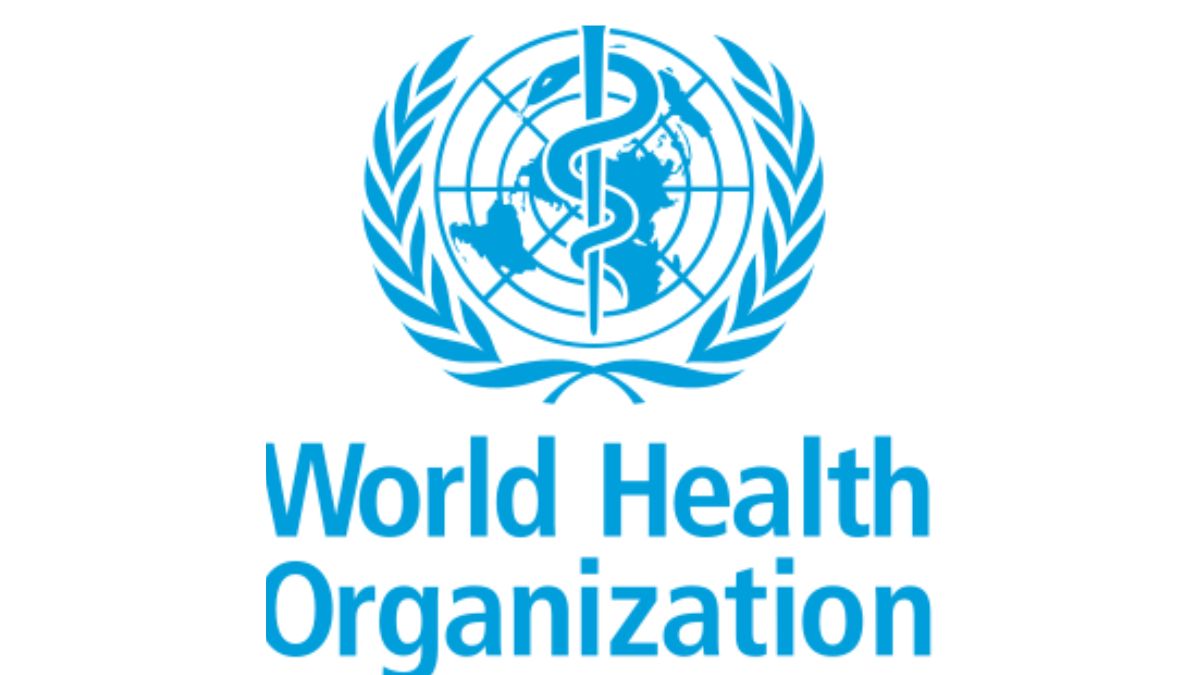
Review meeting on measures to keep fruit and vegetables safe for consumption.

The FAO (Food and Agriculture Organization of the United Nations) and WHO (World Health Organization) recently released a full report that examines ways to make fresh fruit and vegetable safe to eat. These two international organizations have studied various aspects of produce protection, focusing on a variety of fruit and vegetables such as leafy greens, herbs, berries, tropical fruits, watermelons, tree fruits and vegetables.
This report comes as part of the Microbiological Risk Assessment (MRA) series, which aims to assess and manage the risks associated with microbes in our food. Last year, the Joint FAO/WHO Expert Meeting on Microbial Risk Assessment (GEMRA) summarized its findings, and now the full report is available to the public.
Report – Click here to view
In 2019, the Codex Alimentarius Commission, an international body that sets food safety standards, published guidelines to control a type of harmful bacteria called Shiga toxin-producing E. coli (STEC) in leafy vegetables and sprouts.
Approved to make. In support of this effort, JEMRA held a meeting in September 2021 focused on making ready-to-eat and minimally processed fruit and vegetables, including leafy greens, safe for consumption.
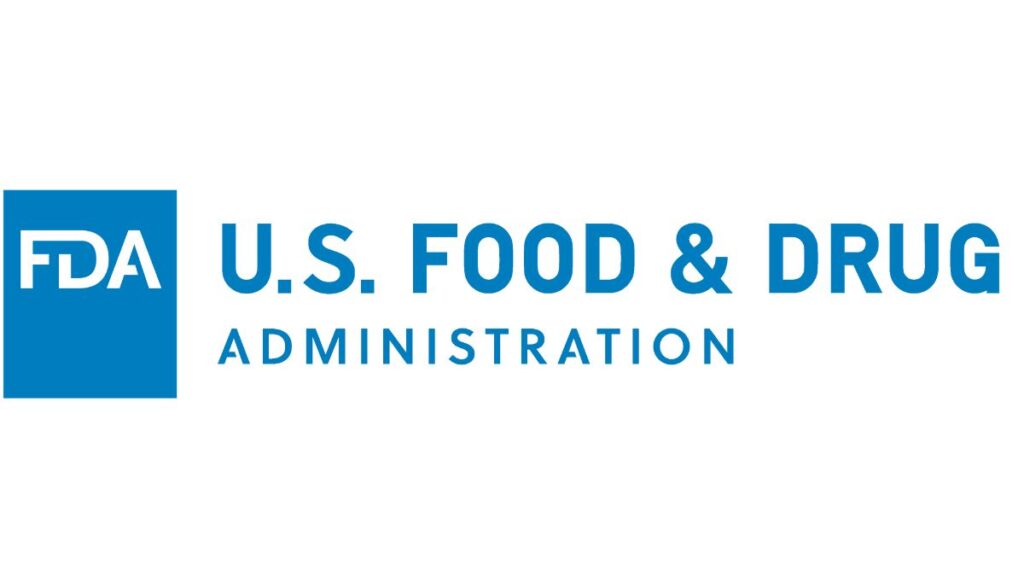
In another meeting, attention was paid to the protection of seedlings from the stage of seed production to the point of sale. It has been recommended to remove many chemicals in the storage and protection techniques of crops.
The scientists involved in this research evaluated different methods to reduce the risk of harmful pathogens in fruit and vegetables. They examined the entire production process, from growing the crop to selling it to consumers. Since these foods are usually eaten raw and have a short shelf life, it is important to ensure their safety.
Experts found that the most effective ways to reduce the risk of harmful pathogens in fruit and vegetables are Good Agricultural Practices (GAP) and Good Sanitary Practices (GHP) during the primary production stage. For post-harvest activities, they use good manufacturing practices (GMP) and a system called Hazard Analysis and Critical Control Points (HACCP) to prevent microbial contamination, reduce the risk of cross-contamination, and prevent pathogens from growing.
Recommended to do. Foodman has been talking about these recommendations in many of his articles.
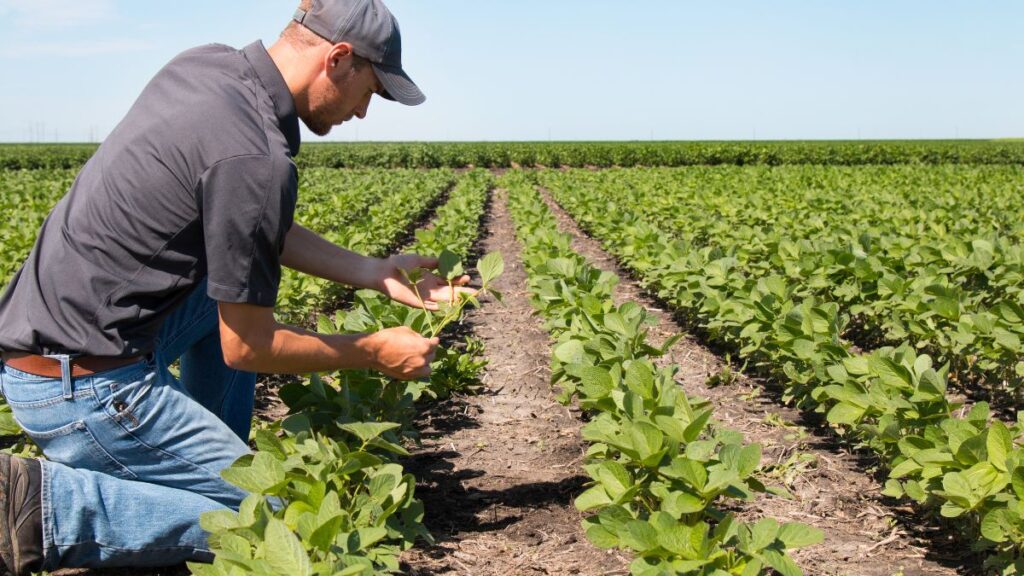
There are diverse production systems for growing leafy vegetables in different regions around the world, influenced by factors such as climate, biodiversity and environmental conditions. These crops also reach consumers through various market channels.
A significant risk was the quality of irrigation water, which sometimes became infected due to poor quality micro-organisms. The quality of the water used in processing these crops was also important. In almost every district in our country, agriculture fruit and vegetables have been grown directly from sewer water.
Which are also removed by the administration from time to time. Today, most of the vegetables available in the market are being grown in sewer and canal water without any treatment. Which should be a matter of concern for both the government and the administration. But if there is no awareness among the public, then why should the government?
To make the water used in processing safe, various methods such as UV treatment, plasma treatment, pulsed light and ultrasound have been explored. However, there is limited evidence of their use in the food industry. The scientists said more research is needed to understand the practicality of these new technologies and how well they work under conditions that mimic real-world production and processing.
When it comes to post-harvest treatments to eliminate pathogens on fruit and vegetables , irradiation is the most effective method, but it faces challenges due to cost and consumer concerns. Other treatments, such as the use of electrolyzed water or bacteriophages, look promising but also have limitations.

Berries can be grown in open fields or controlled environments, including indoor and vertical farming. It is not common to wash these delicate fruits as it can damage them and promote the growth of mold. Instead, researchers are exploring water-assisted treatments like UV and pulsed light, as well as gas-based methods like controlled-release pads.
For fruits such as apples and pears, the primary strategy for protection involves controlling the environment and storing at cool temperatures to extend their shelf life.
For melons and tree fruits, it is important to maintain hygiene during sorting and packing. Ensuring that the packing environment and equipment remain free from contamination is also essential for safety.




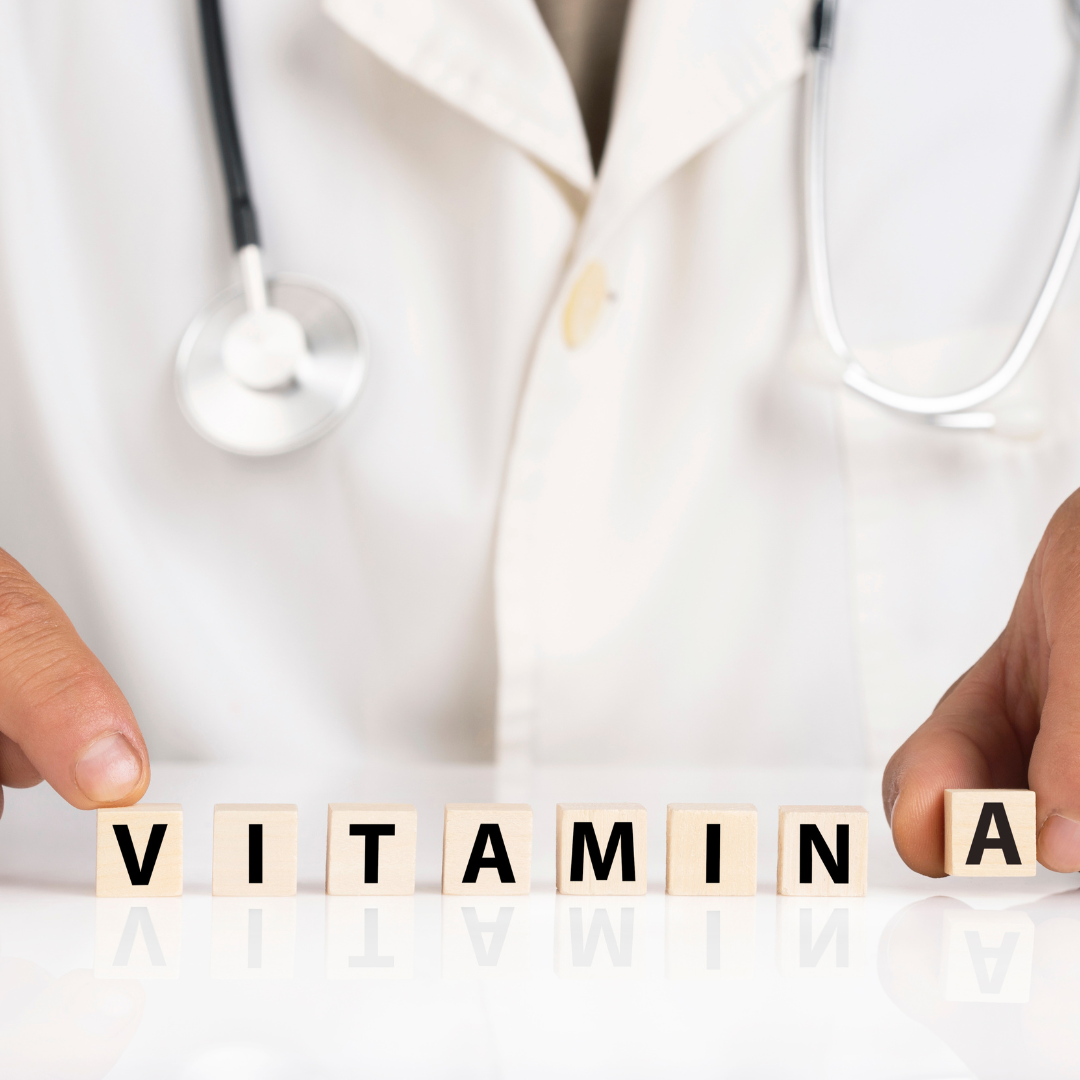

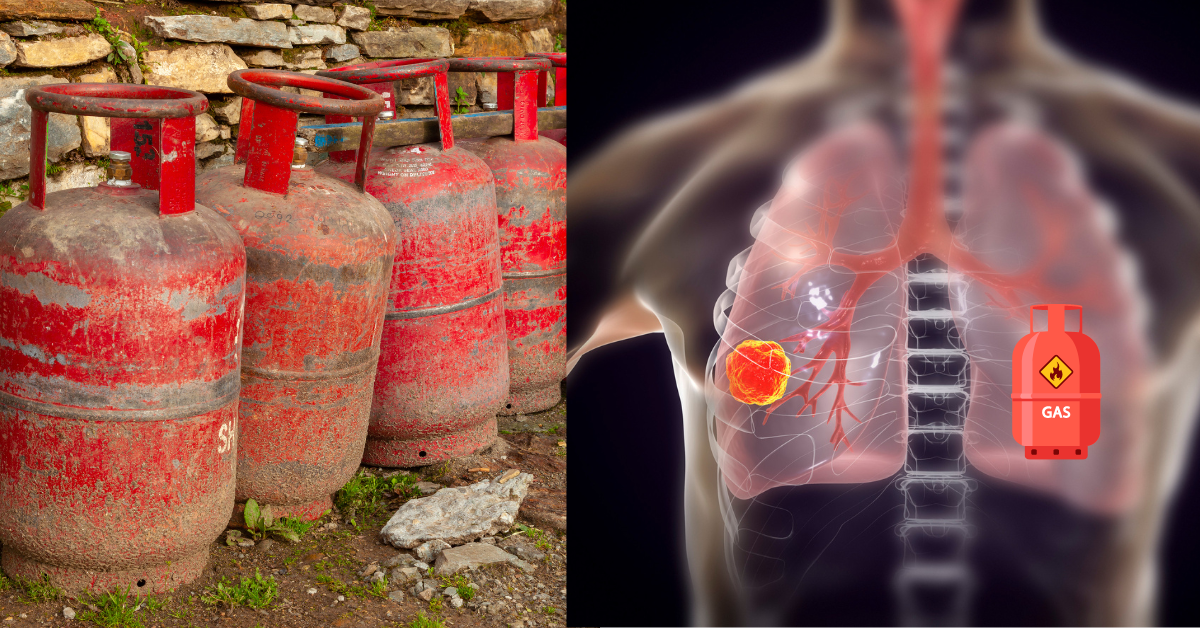
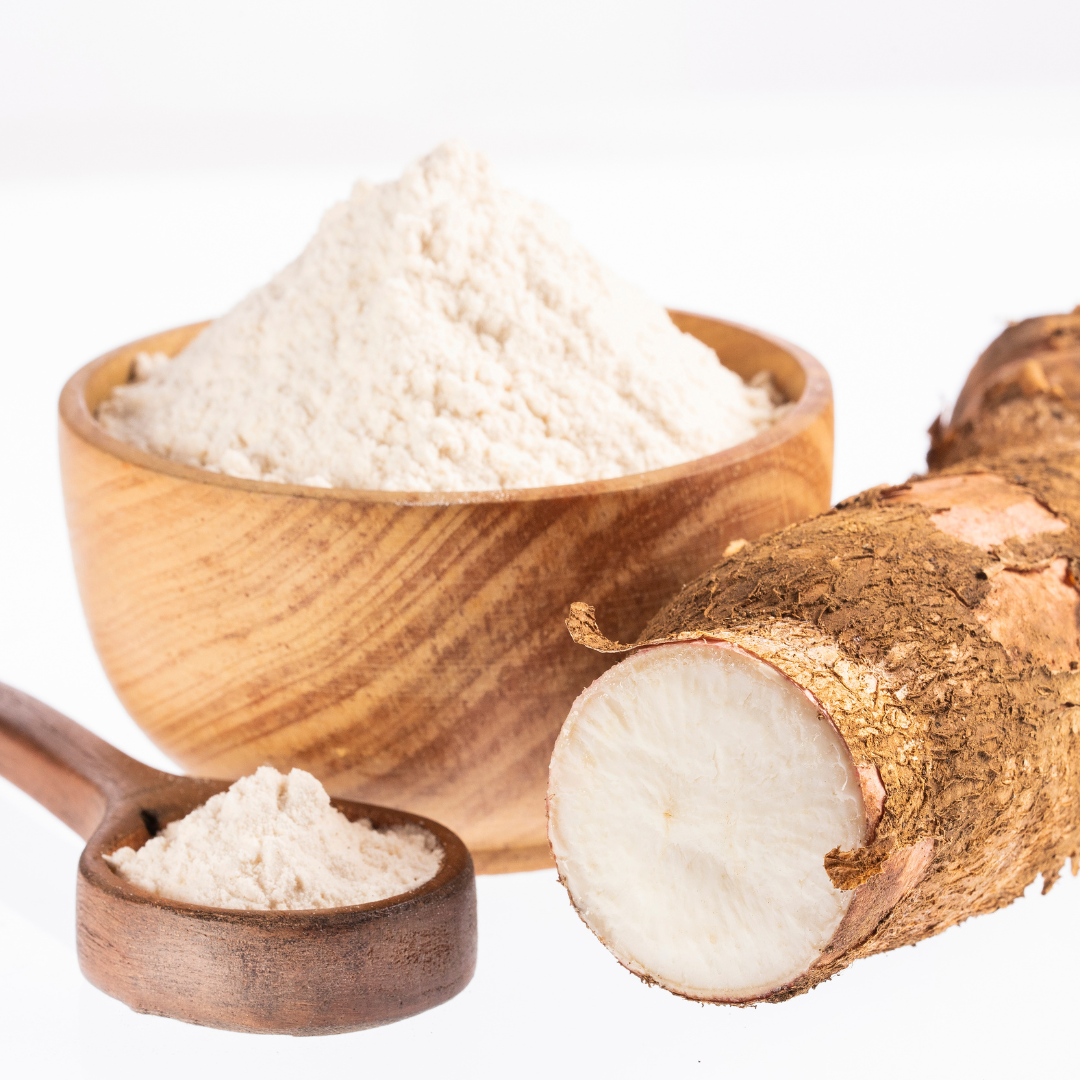
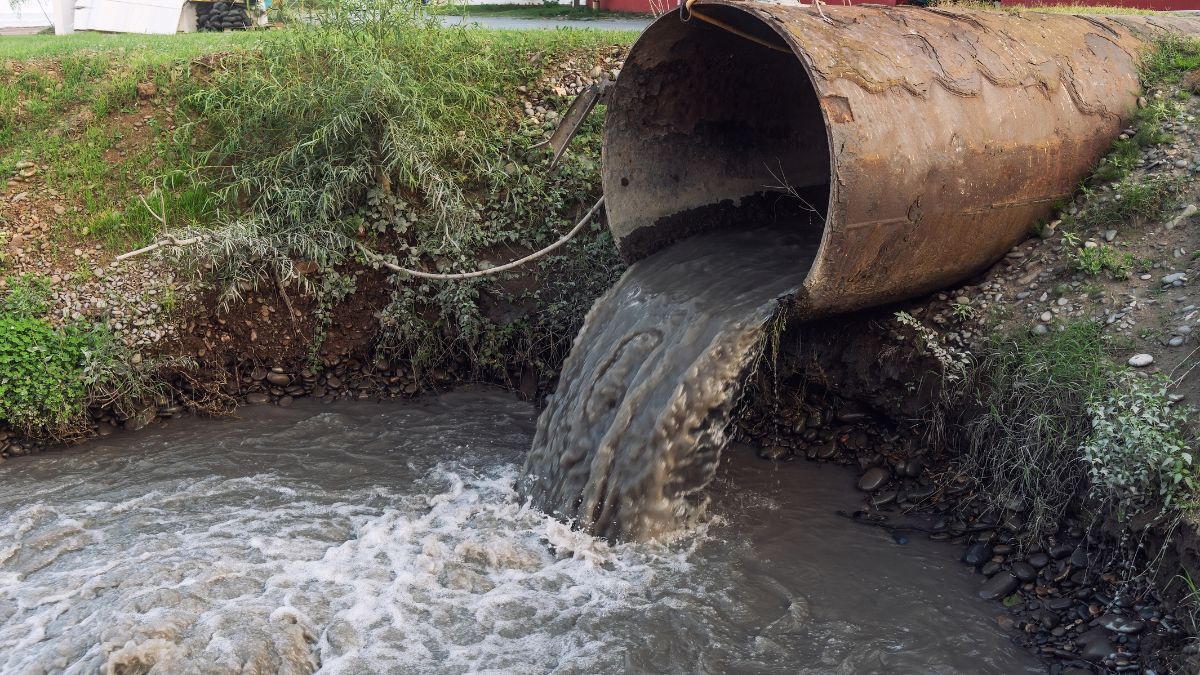




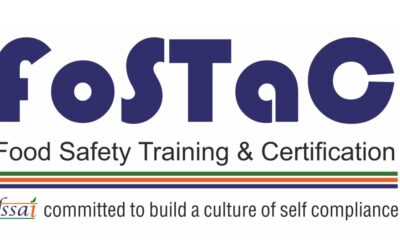

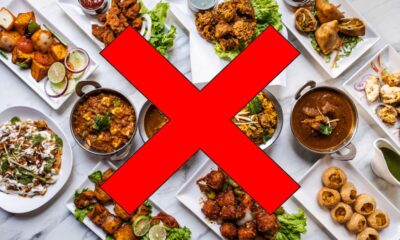

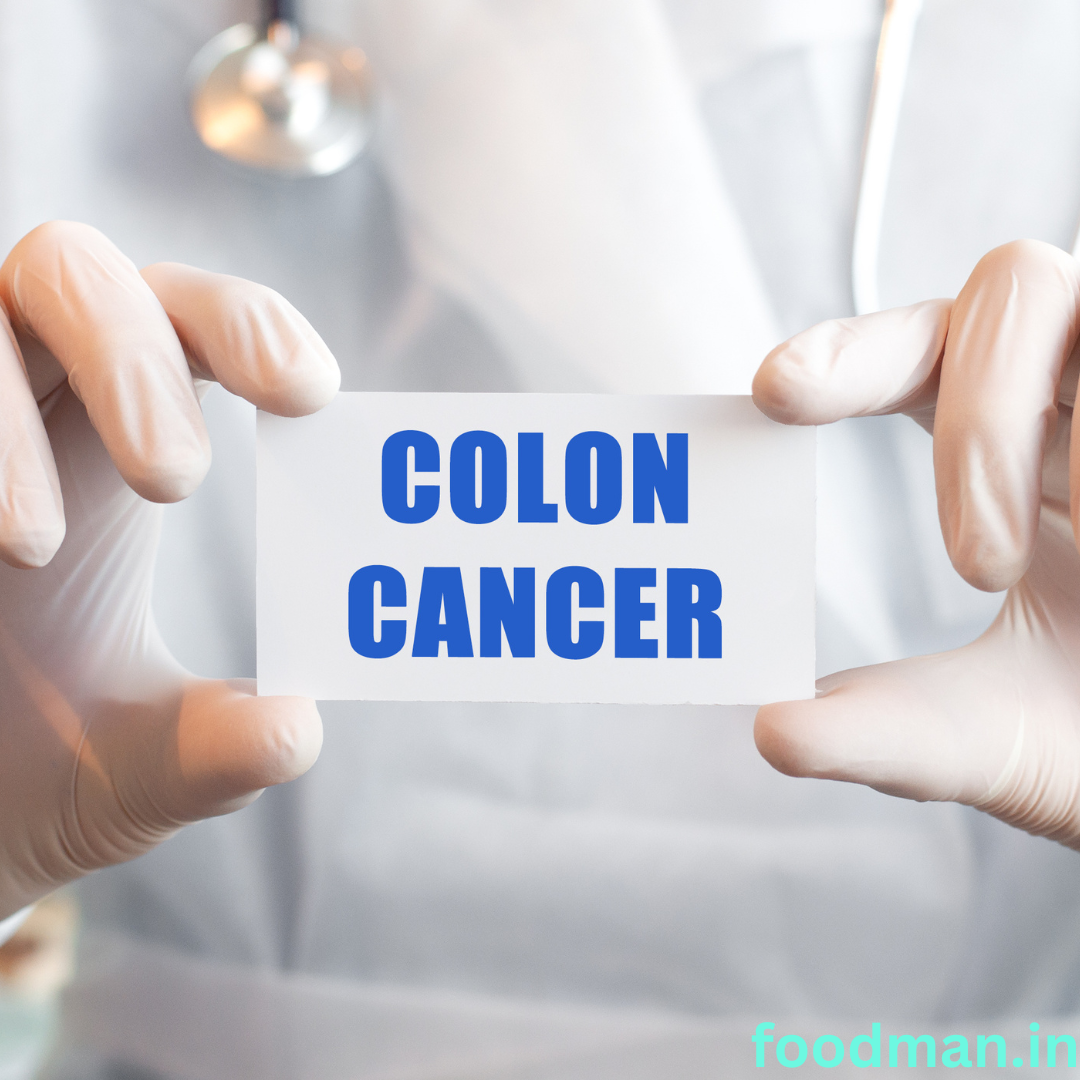



Blandina Coelho
1 January 2024 at 7:41 am
Food is meant to be grown in Nurseries (i.e., like children). This is not possible in case of Mass Production. Every Household ought to be endowed with a Farm-plus Access and Scope.
Blandina Coelho
1 January 2024 at 7:49 am
Such an endowment is also Financially expedient. Every member of the household can participate in the Farm &/or Allied Activites, thus Self-Employment is automatic. Next expectation for success is to Barter Surpluses. Production Planning is also a key facet.